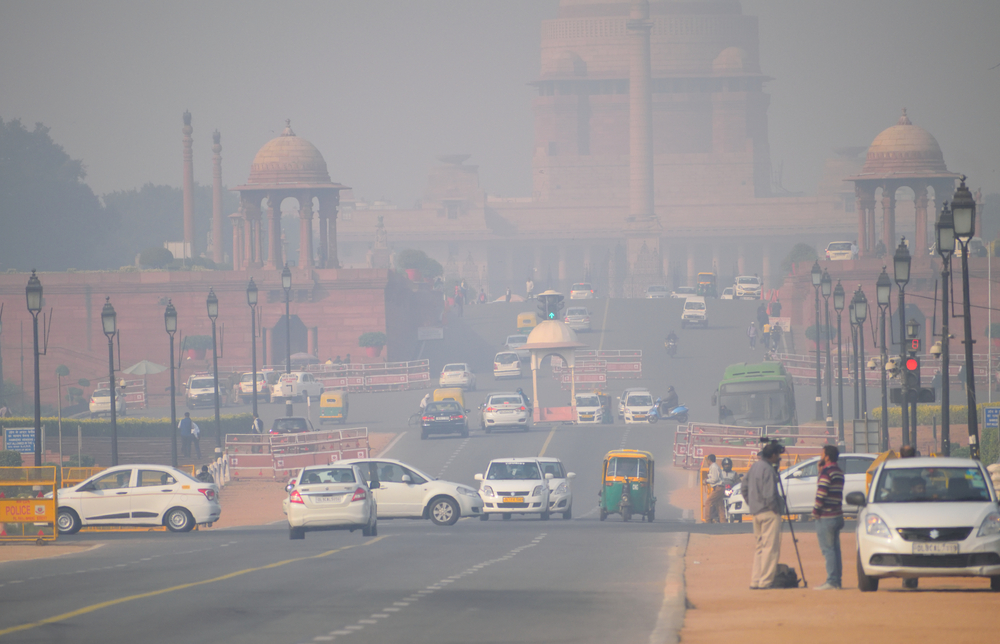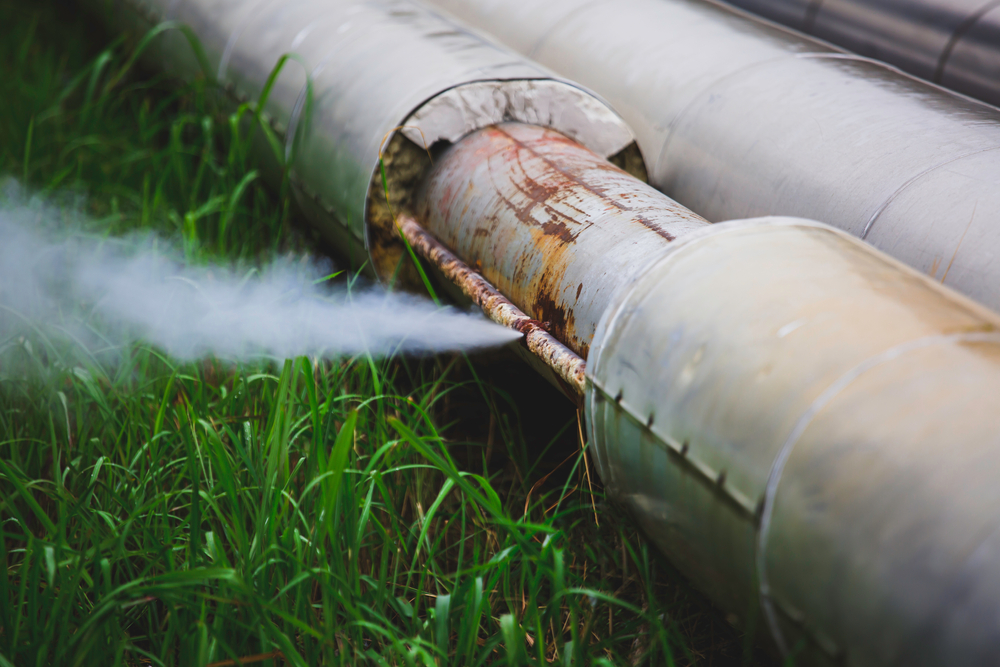Environment: Environmental Disasters
Assam Floods
Date: June–August 2020
Location: Assam
Type of Disaster: Flood
Environmental and Human Impact: Heavy monsoon rainfall and flooding in Assam resulted in the death of at least 123 people, with millions affected and displaced. The floods also destroyed homes, crops, and infrastructure, and caused soil erosion and water contamination in the area. Wildlife sanctuaries and national parks were also affected, with many animals killed or displaced.
Mitigation: The Indian government and various organizations provided aid and assistance to affected communities, including rescue and relief operations, food and shelter, and medical aid. Rehabilitation efforts were also carried out to help communities rebuild their homes and livelihoods. The government also initiated measures to improve flood management and control measures.
Vizag Gas Leak
Date: May 7, 2020
Location: Visakhapatnam, Andhra Pradesh
Type of Disaster: Toxic Gas Leak
Environmental and Human Impact: A gas leak from a chemical plant in Vizag resulted in the death of 12 people, with over 500 hospitalized. The gas also contaminated soil and water in the area, and affected wildlife.
Mitigation: The Indian government ordered an investigation into the incident, and the plant was closed down. Compensation was provided to the families of the deceased and those affected by the gas leak.
Delhi Smog
Date: November 2019
Location: Delhi
Type of Disaster: Air Pollution
Environmental and Human Impact: High levels of air pollution in Delhi due to stubble burning, vehicular emissions, and industrial pollution caused respiratory problems, eye irritation, and other health issues for residents. The pollution also had an adverse impact on the environment, with decreased visibility, acid rain, and damage to vegetation.
Mitigation: The Delhi government initiated measures to control pollution, including restricting vehicular movement, shutting down polluting industries, and promoting public transportation. The government also encouraged farmers to adopt alternative methods of crop residue management to reduce stubble burning.
Kerala Floods
Date: August 8–20, 2018
Location: Kerala
Type of Disaster: Flood
Environmental and Human Impact: Heavy rainfall and flooding in Kerala caused the death of at least 483 people, with over a million people displaced. The floods also destroyed homes, infrastructure, and agricultural land, and caused landslides and soil erosion.
Mitigation: The Indian government and various organizations provided aid and assistance to affected communities, including rescue and relief operations, food and shelter, and medical aid. Rehabilitation efforts were also carried out to help communities rebuild their homes and livelihoods.
Mumbai Floods
Date: August 29, 2017
Location: Mumbai, Maharashtra
Type of Disaster: Flood
Environmental and Human Impact: Heavy rainfall and flooding in Mumbai caused the death of at least 14 people, with many more injured and displaced. The floods also disrupted transportation and communication, and caused damage to homes, infrastructure, and agricultural land.
Mitigation: The Indian government and various organizations provided aid and assistance to affected communities, including rescue and relief operations, food and shelter, and medical aid. The government also initiated measures to improve flood management and control measures.
Chennai Oil Spill
Date: January 28, 2017
Location: Chennai, Tamil Nadu
Type of Disaster: Oil Spill
Environmental and Human Impact: An oil tanker collided with another ship off the coast of Chennai, causing a spill that polluted the sea and shoreline. The spill affected marine life and birds in the area, and also impacted fishing communities and tourism.
Mitigation: The Indian Coast Guard and Tamil Nadu government carried out cleanup operations, and compensation was provided to affected fishermen and other communities.
Uttarakhand Floods
Date: June 16–17, 2013
Location: Uttarakhand
Type of Disaster: Flood
Environmental and Human Impact: Flash floods and landslides in Uttarakhand caused the death of at least 5,700 people, with many more missing or displaced. The floods also destroyed homes, roads, and infrastructure, and caused soil erosion and water contamination in the area.
Mitigation: Rescue and relief operations were carried out by the Indian government, and international aid was also provided. The government initiated rehabilitation efforts to help affected communities rebuild their homes and livelihoods.
Bhopal Gas Tragedy
Date: December 2–3, 1984
Location: Bhopal, Madhya Pradesh
Type of Disaster: Toxic Gas Leak
Environmental and Human Impact: A gas leak from the Union Carbide pesticide plant in Bhopal resulted in the death of at least 3,000 people, with estimates of up to 15,000 deaths. Over 500,000 people were exposed to toxic gas, and the incident caused long-term health effects such as respiratory problems, birth defects, and cancer. The leak also polluted the soil and groundwater in the area.
Mitigation: The Indian government and Union Carbide agreed to a $470 million compensation settlement for victims, though some criticized the amount as inadequate. The plant site was cleaned up, and legal battles continue to hold Union Carbide and its parent company Dow Chemical accountable for the disaster.
Copyright © 1993—2025 World Trade Press. All rights reserved.

 India
India 

